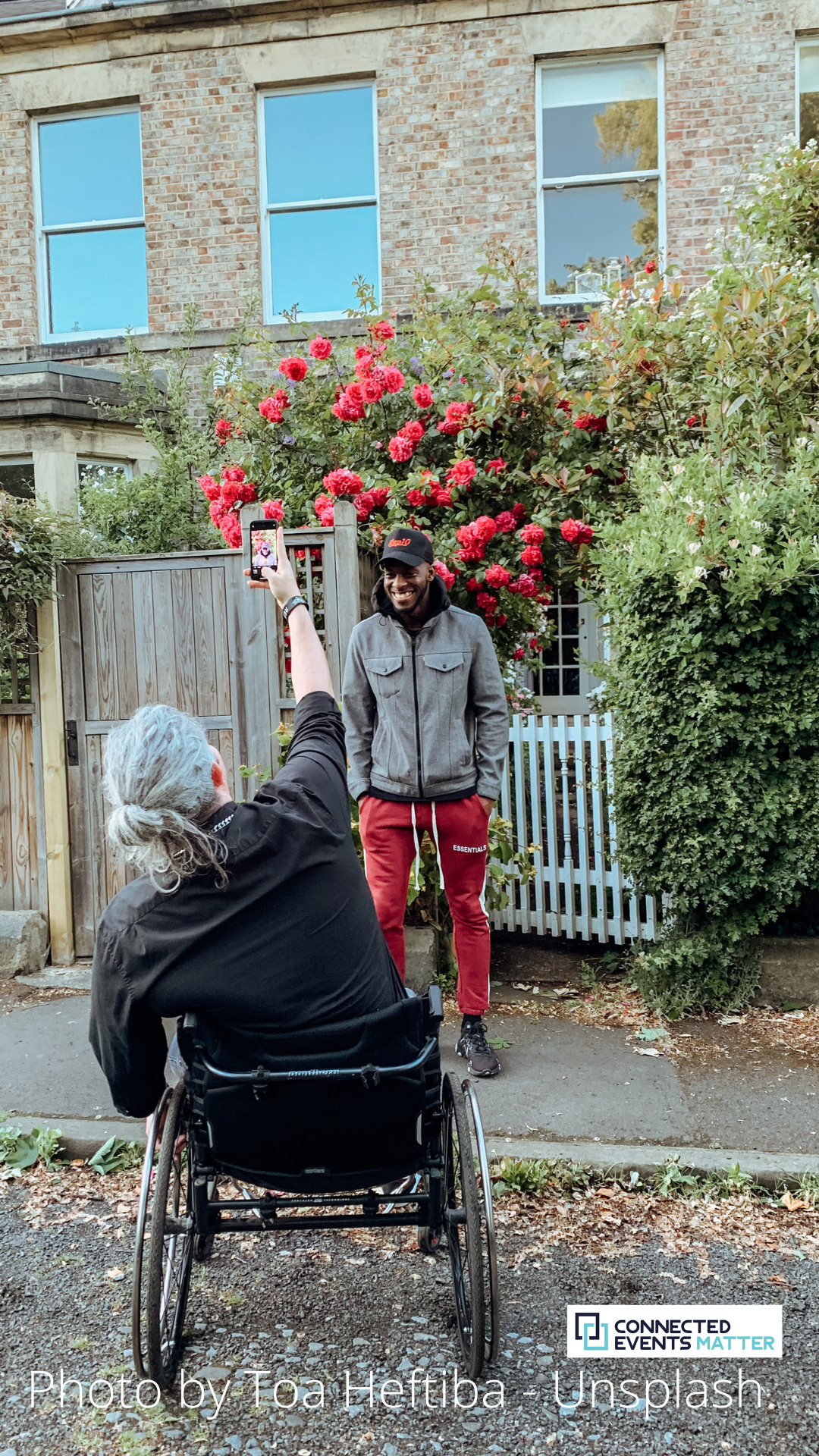About Black and White Art and how it changes our focus →
Paintings and photos in black and white make you concentrate on elements such as composition, value, lighting, and form. This approach results in your focus being on the image as a whole.
Monochrome is the term used for painting in black and white.
White is pure light, and black is the absence of light. These two non-colors are associated with life and death rituals in many cultures.
Photo Essay or Telescope or Both and Why? →
A camera setting on a stand with a high-power lens is often just a fancy telescope, but that can be a convenient first step in gathering information about events that become photo essays. The scope can spot events, but when the picture is taken, it chooses the one image that is perhaps the best, then it may pick one that still captures the others.
Do pictures represent one event? How would that be possible since there was a before and an after and things that happened simultaneously but were missed?
Sociality in Nature Reveals Individuality →
Sociality is a survival response to evolutionary pressures.
Photo essays find you rather than you finding them.
Read moreYou only photograph the effect of the wind: it is felt not seen →
V
Winds come, some as powerful as that of a typhoon or hurricane, and then eventually, winds go. Even scripture will try to explain a storm.
“And, behold, the Lord passed by, and a great and strong wind rent the mountains and broke in pieces the rocks before the Lord; but the Lord was not in the wind: and after the wind an earthquake; but the Lord was not in the earthquake: And after the earthquake a fire; but the Lord was not in the fire: and after the fire a still small voice" (1 Kings 19: 11–12)
Sometimes a photograph is like scripture, a scared record, or an essay telling the story. The wind is the horizontal motion of air caused by the pressure difference between two places. Even so, you only see current results rather than the wind itself.
The Photo is the Essay and shows that the power of a photo is timeless! →
On the morning of June 5, 1989, photographer Jeff Widener was perched on a sixth-floor balcony of the Beijing Hotel. The day after the Tiananmen Square massacre, Chinese troops attacked pro-democracy demonstrators camped on the plaza, and the Associated Press sent Widener to document the aftermath.
Widener assumed the man would be killed, but the tanks held their fire. Eventually, the man has whisked away, but not before Widener immortalized his singular act of resistance. Others also captured the scene, but Widener’s image was transmitted over the AP wire and appeared on front pages worldwide. Decades after Tank Man became a global hero; he remains unidentified. The anonymity makes the photograph all the more universal, symbolizing resistance to unjust regimes everywhere.
A photo essay in the moment brings the past into the present →
A camera is a time machine. It brings the past into the present and captures a moment at a time, special events, lives, and history preserving essential memories in our lives.
History and even our lives are better understood by photographs of notable moments.
Camera Quotes
“The camera is an instrument that teaches people how to see without a camera.”
“Essentially, what photography is is life lit up.”
“I don't trust words.
“I believe there are things nobody would see if I didn't photograph them.”
“Taking pictures is savoring life intensely, every hundredth of a second.”









